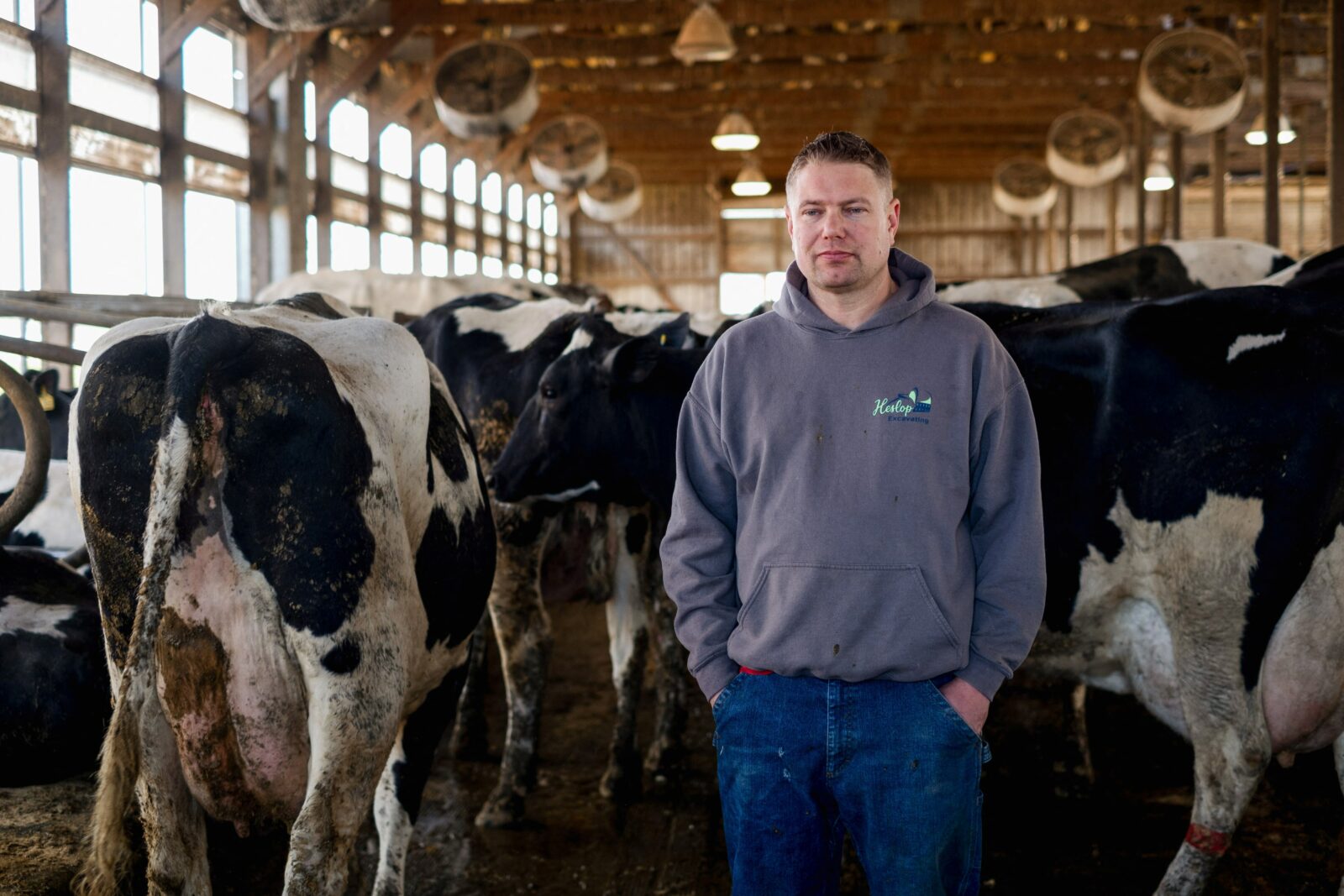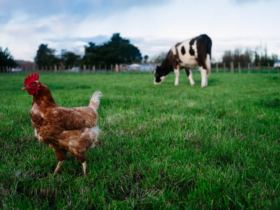United States – Cattle for dairy purposes traveling from one state to another must be tested for the bird flu virus, according to U.S. agriculture officials. This will help to track and control the bird flu outbreak that is growing fast in different states.
Discovery of Inactive Virus Particles in Milk
The federal order was announced a day after the reported discovery of virus Type a H5N1 remnants, or inactive virus particles as they are more widely known, in samples taken from milk during processing and after retail sale. The experts characterized such residues as not posing any known threat to consumers or milk production, as reported by Associated Press.
On behalf of the Federal Administration for Strategic Preparedness and Response, Dawn O’Connell stated, “The risk to humans remains low.”
Expanded Testing Protocol Aims to Stem Virus Spread
The new arrangement comes with a rule that every lactating cow must be tested and could move to a new state clearly with a negative result. It will make the agency grasp the route of the virus spreading, said Michael Watson, an administrator with the respective agency of the U.S. Department of Agriculture.
“We believe we can do tens of thousands of tests daily,” he told reporters.
So far, the tests have been run on a voluntary basis on the cow that exhibited symptoms.
According to the USDA, bird influenza was found in dairy cattle in March and has been found in 30 or more herds in 8 states this month.
Continued Surveillance
It’s the next step in the unremitting highly pathogenic avian influenza spread by wildfowl. The highly pathogenic strain of the virus avian flu has already claimed more than 90 million commercial birds in the U.S., either directly or being euthanized to prevent the spread.
Two workers from the USA, both as farm workers, have caught bird flu so far this year. Local health authorities reported that 23 people had been tested for bird flu and that 44 other people who had contact with the involved animals were under observation.
According to the officials, a sample from a swine in Kansas showed that the virus could be adapting to more animals, and they noted the H5N1 virus in the lung tissue of a dairy cow that was initially put to slaughter, as reported by Associated Press.
The CDC is so far reporting no signs indicating that the virus is mutating to become more infectious to people.












Leave a Reply